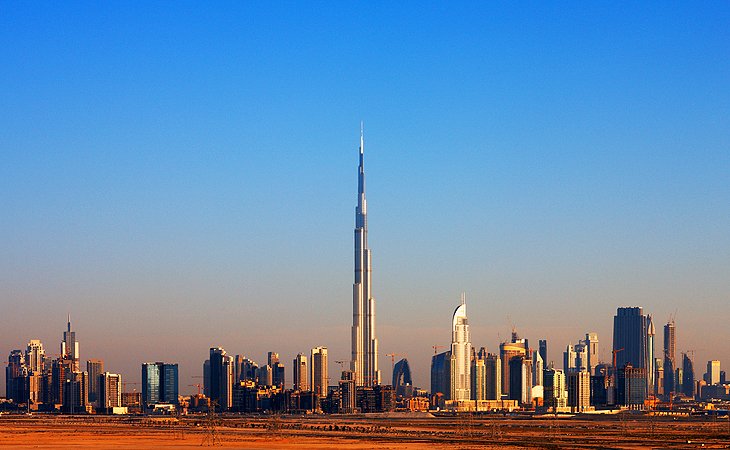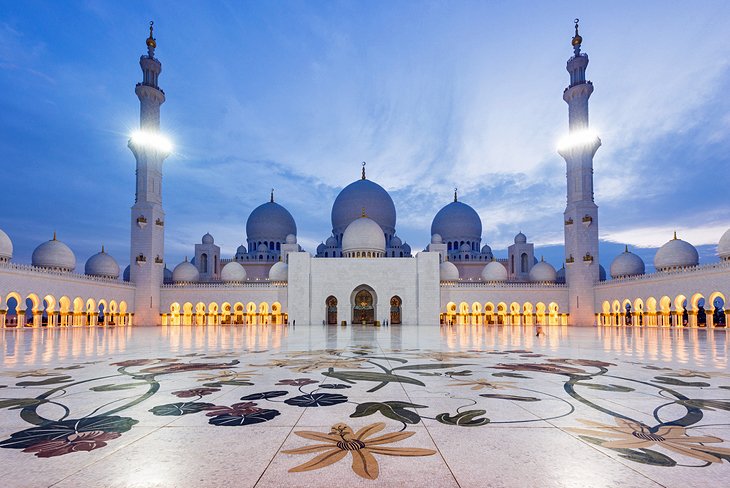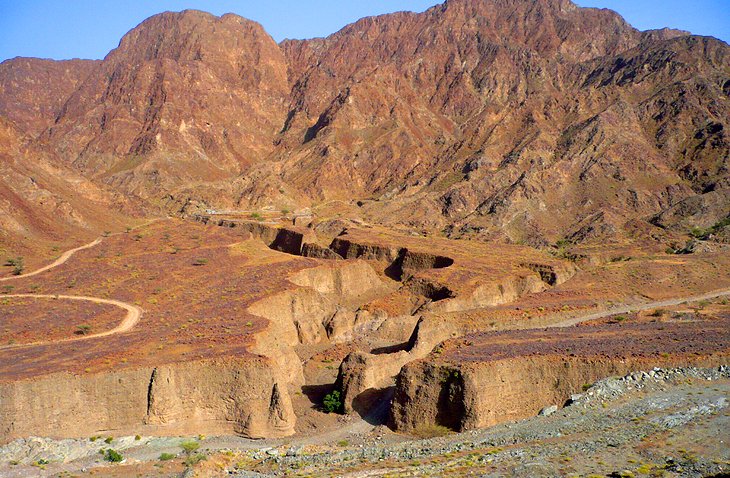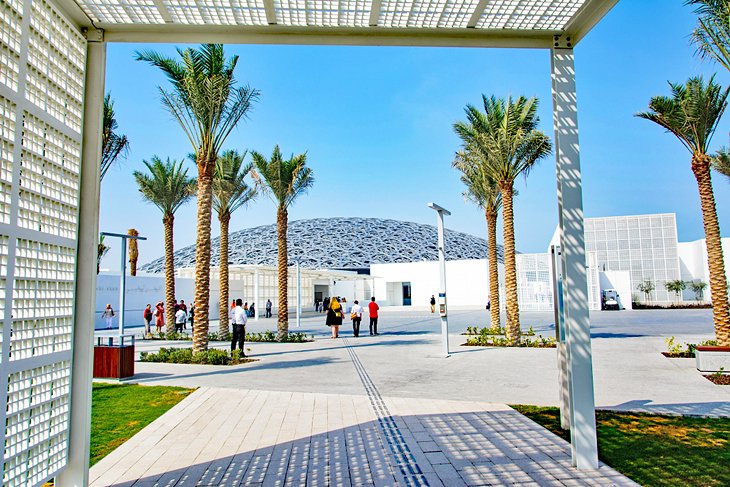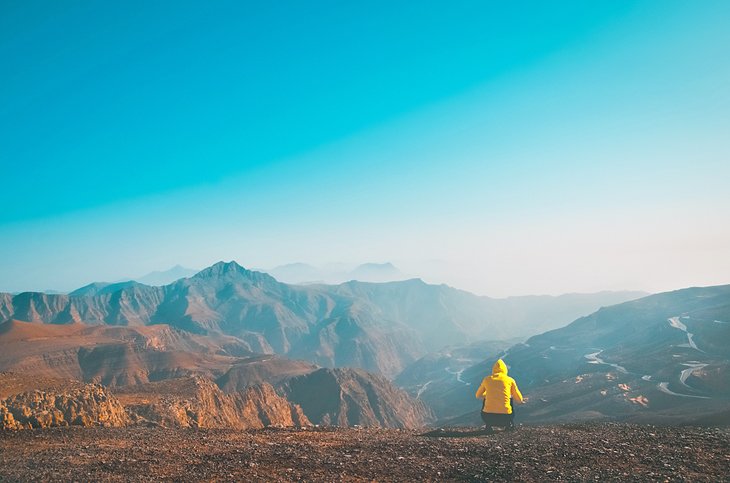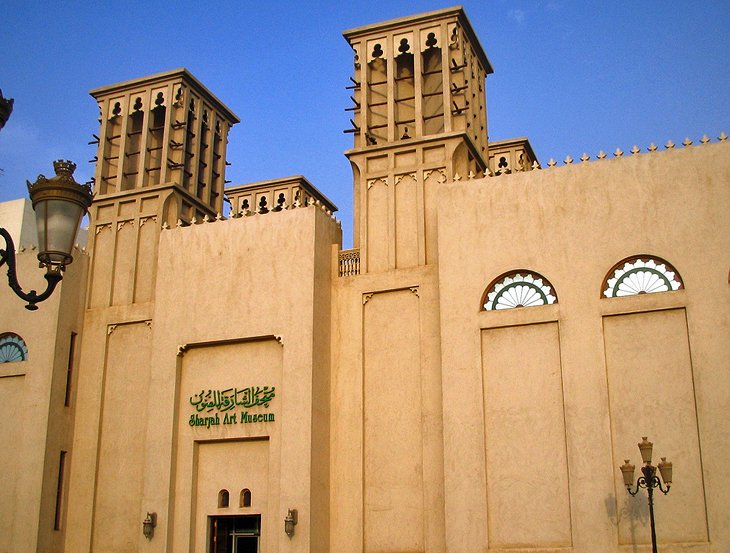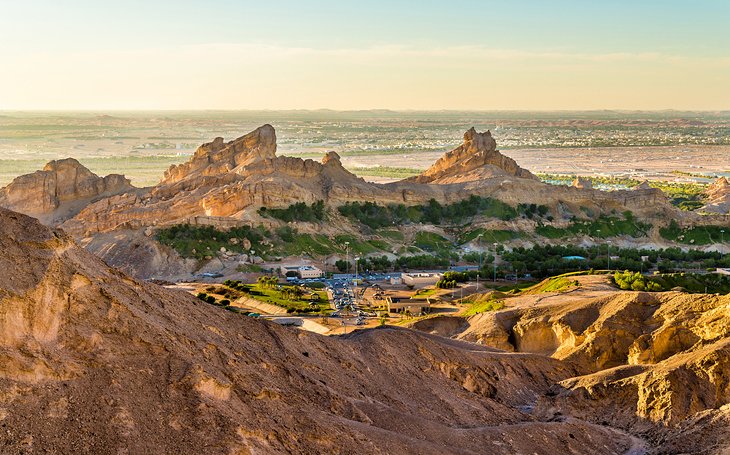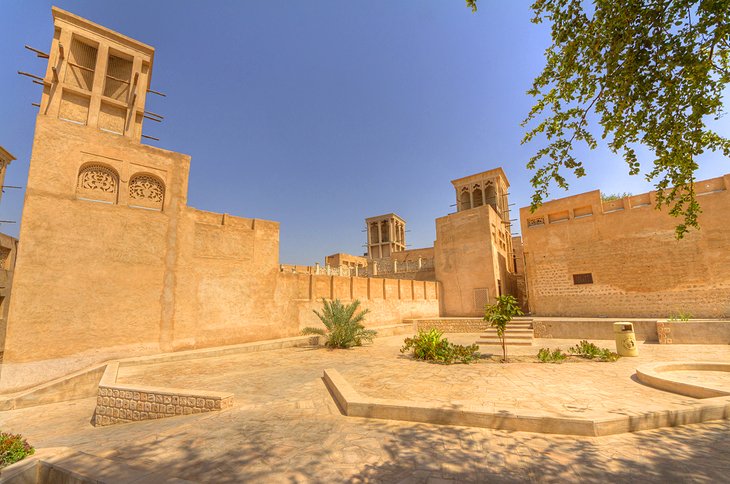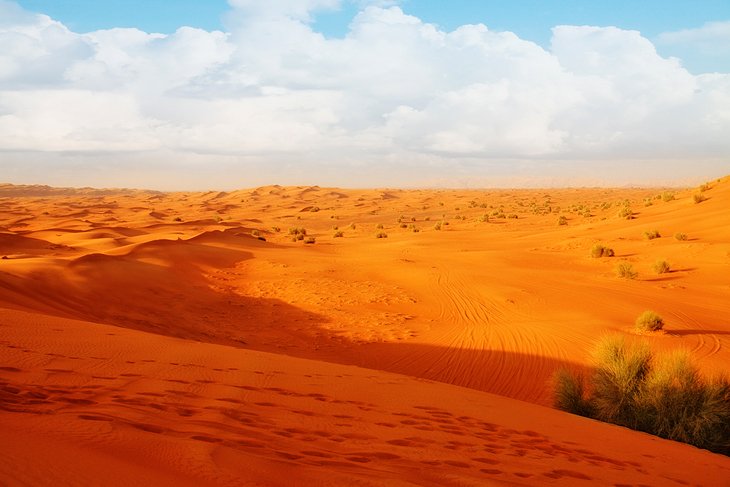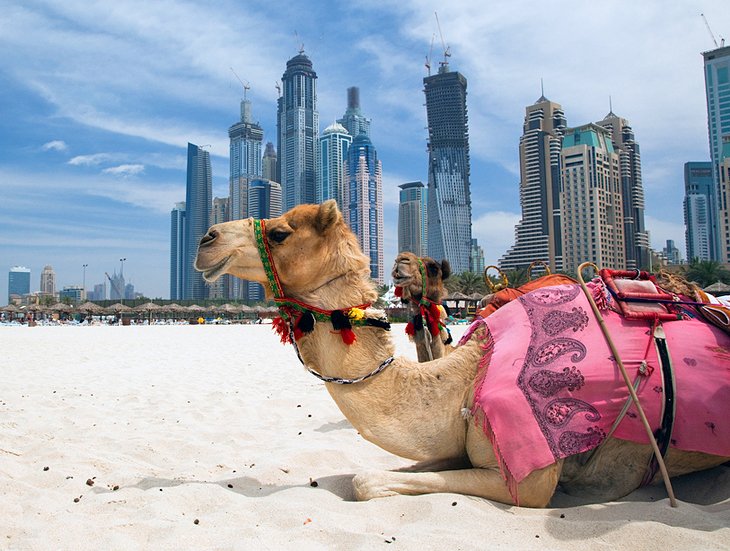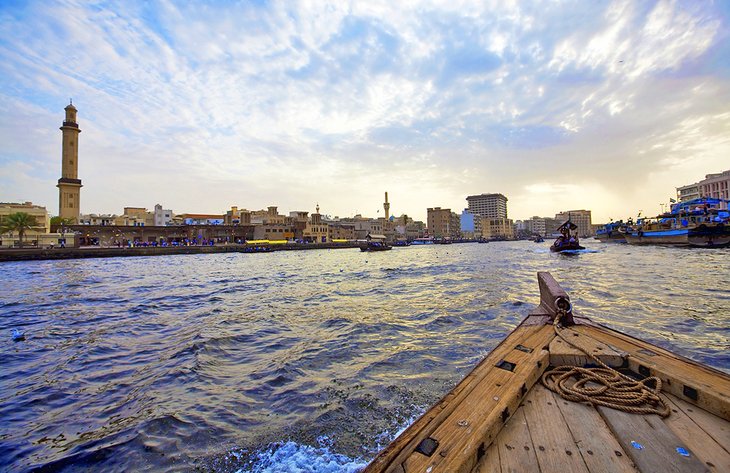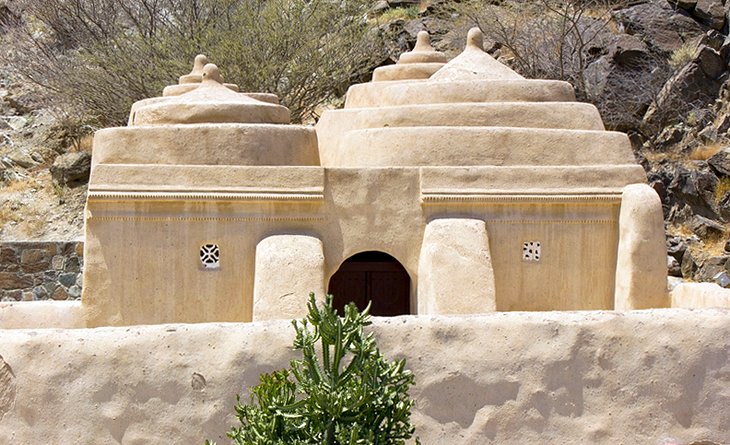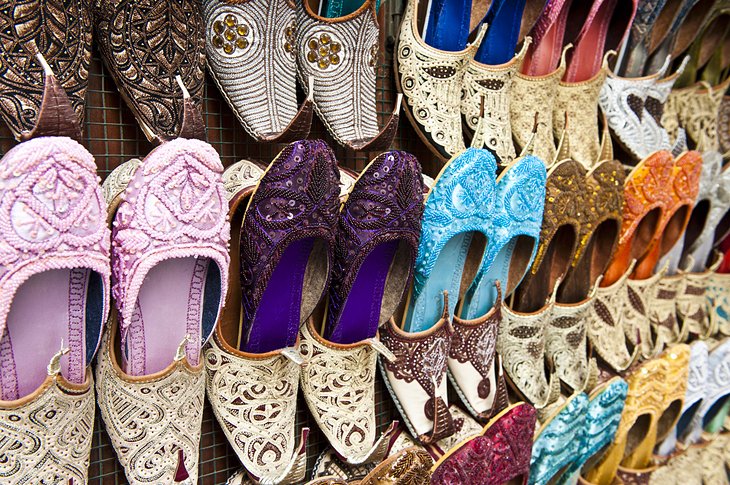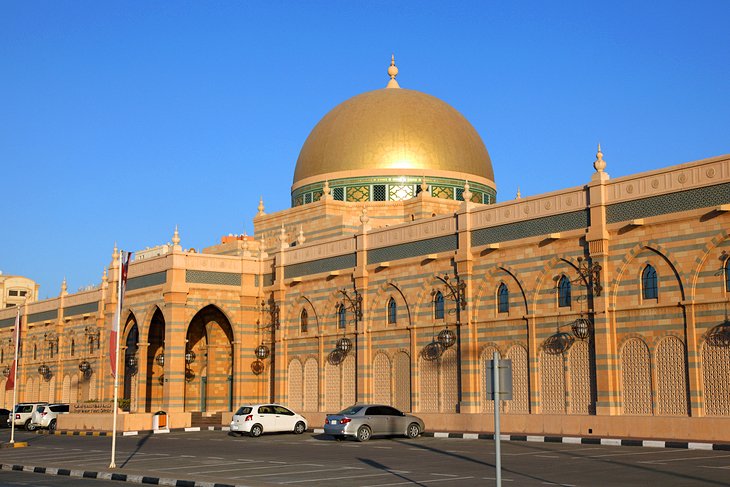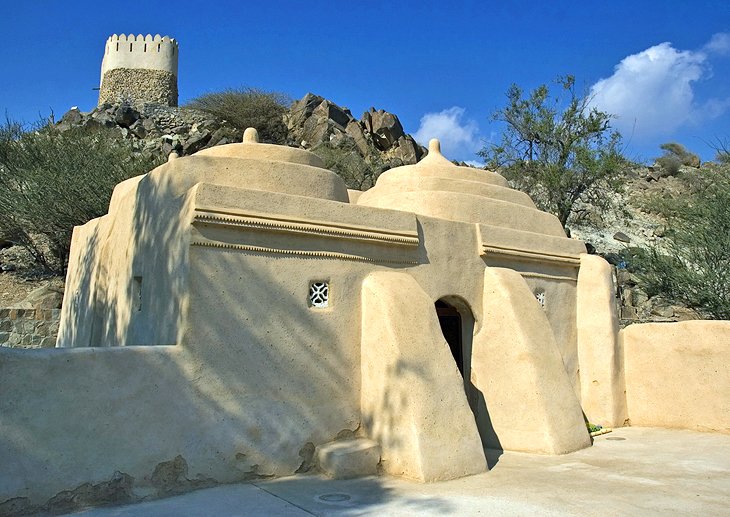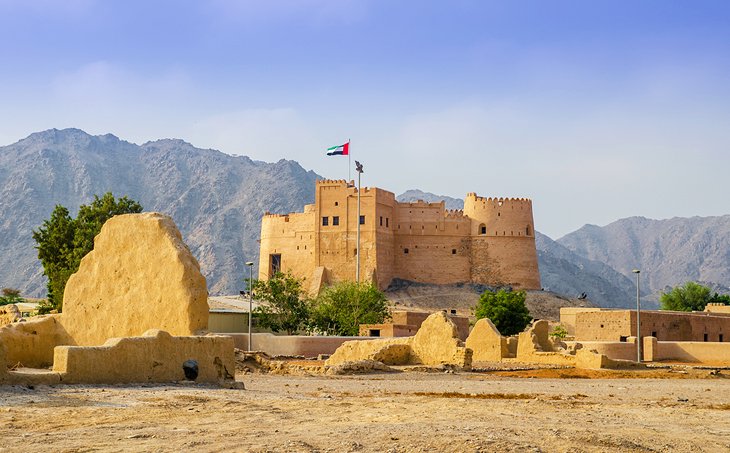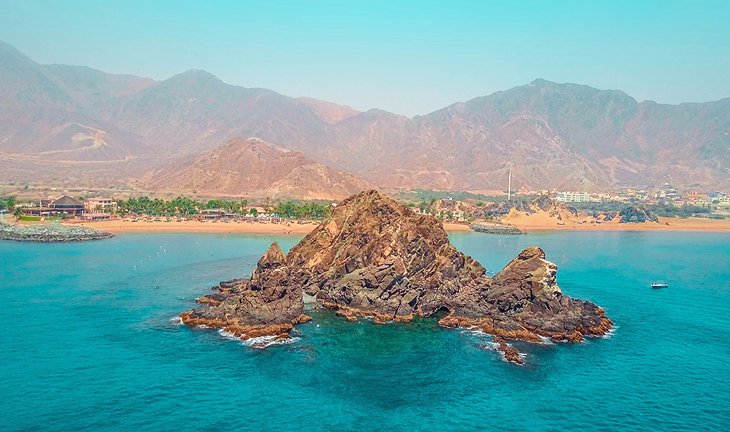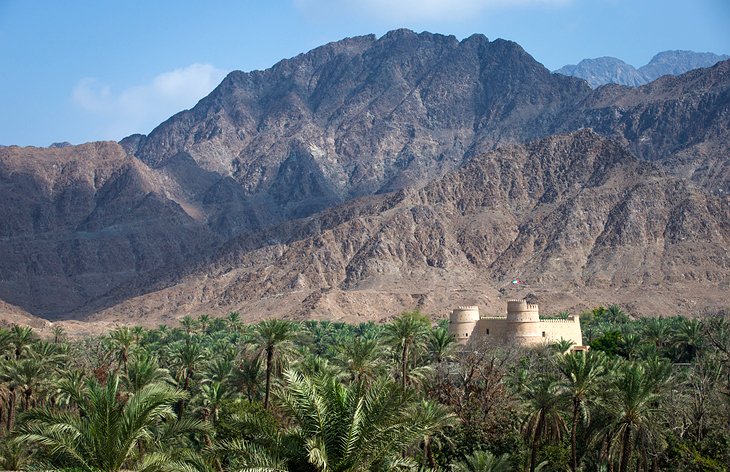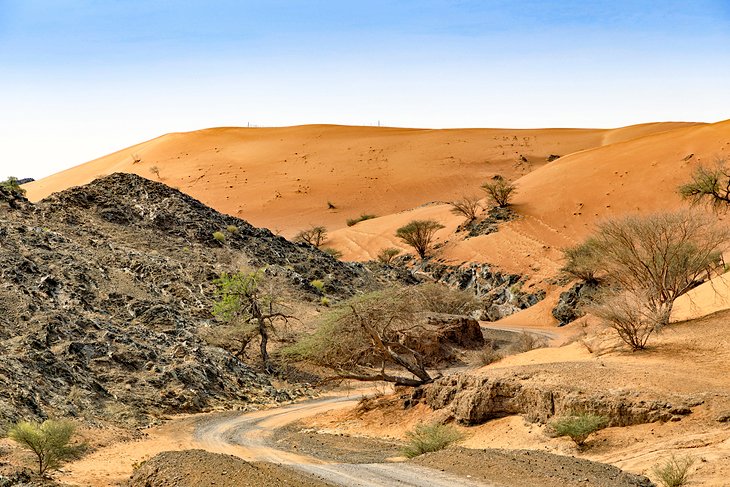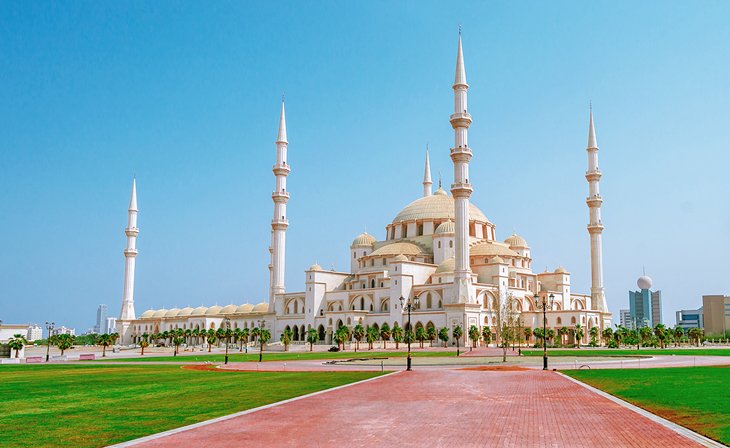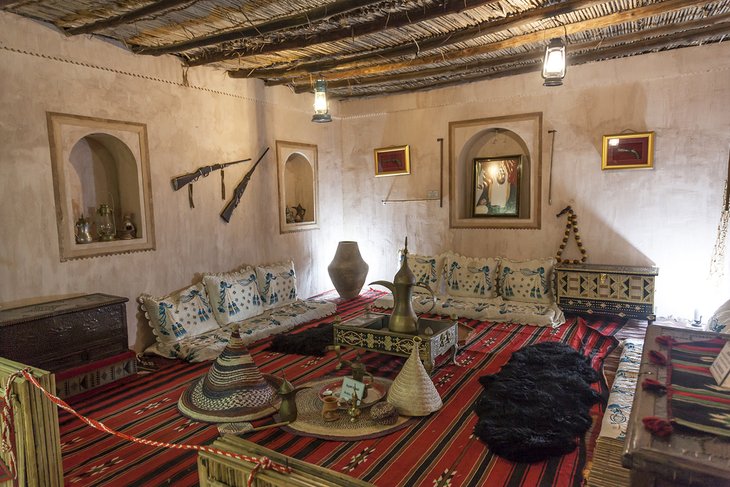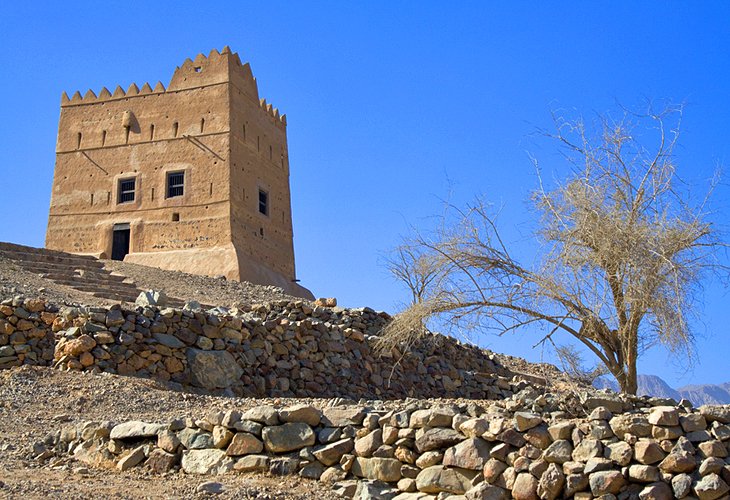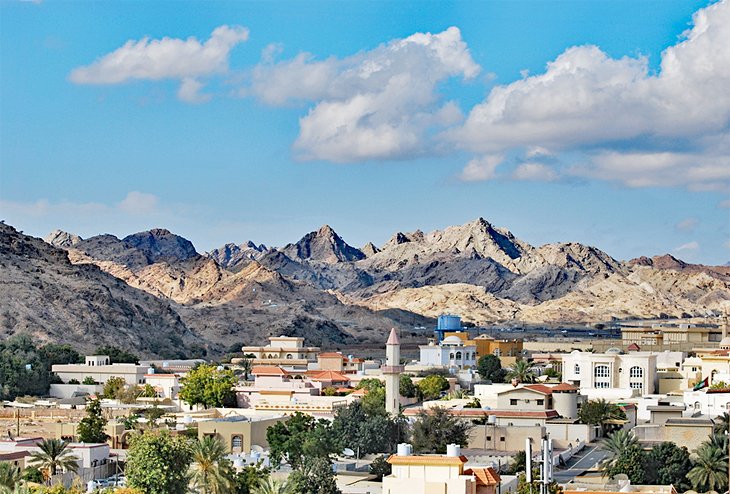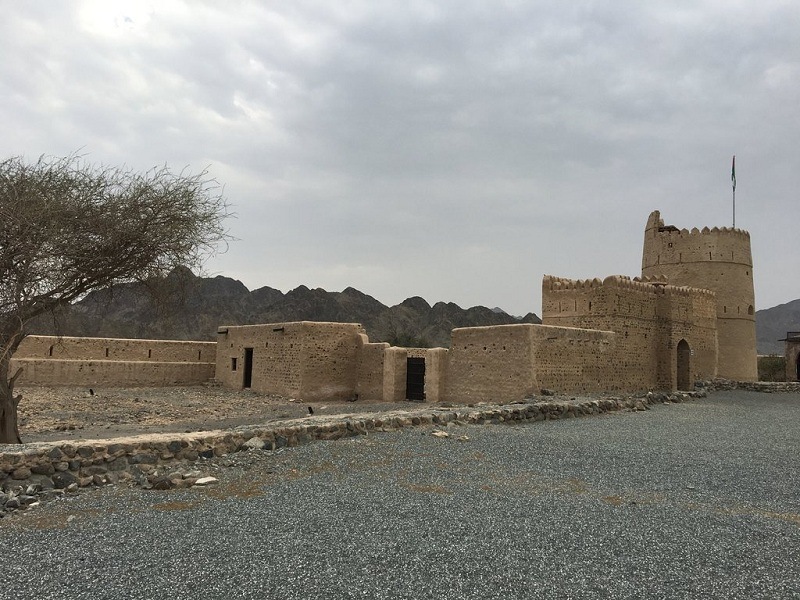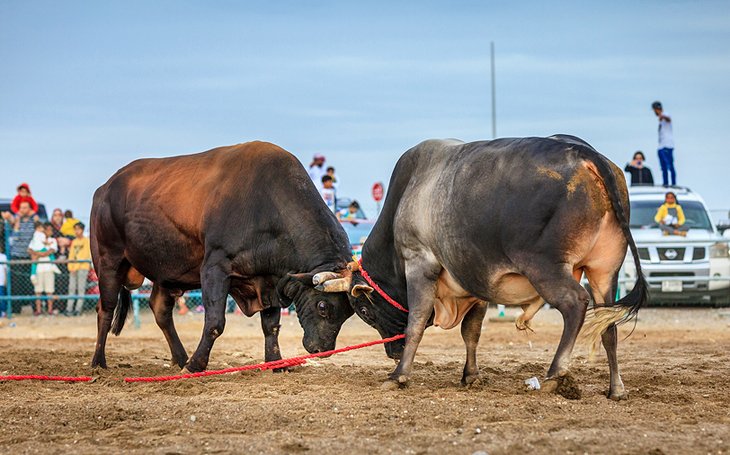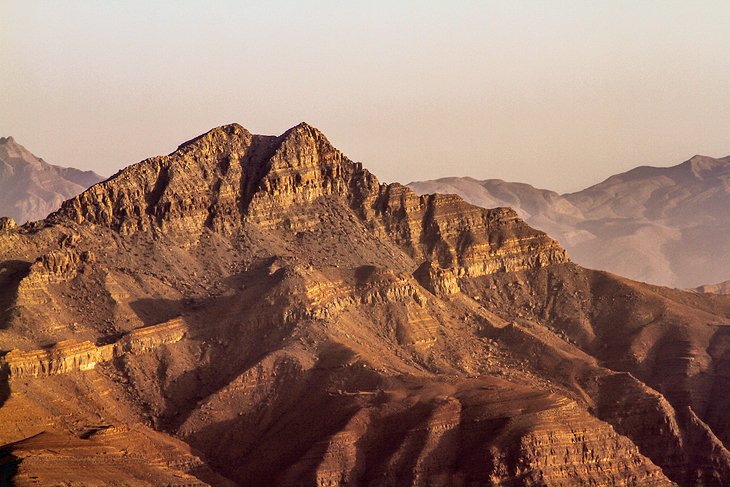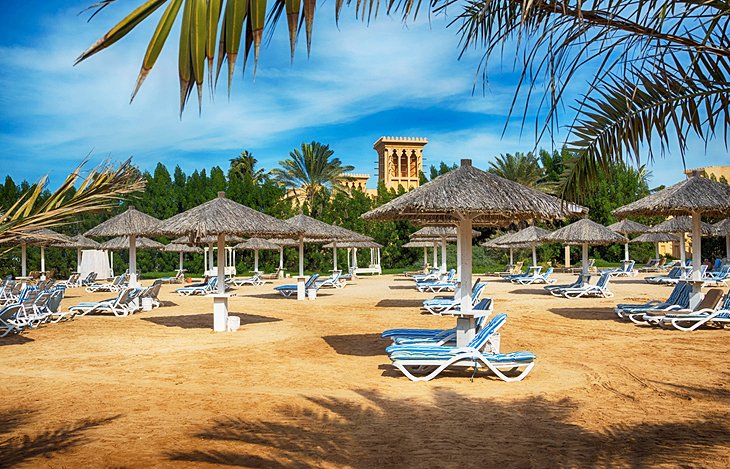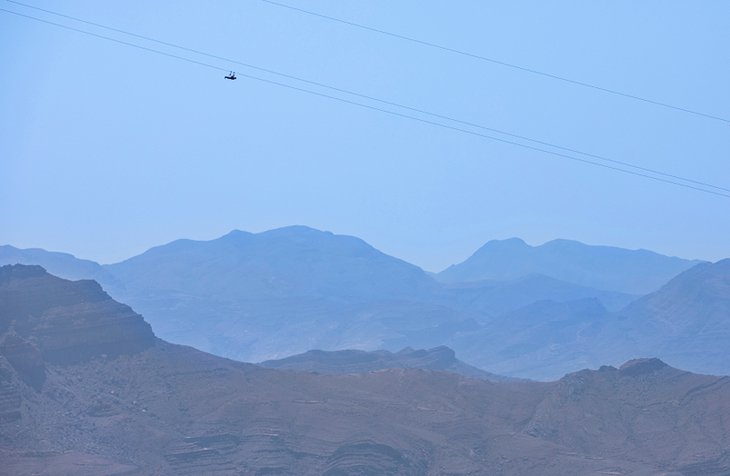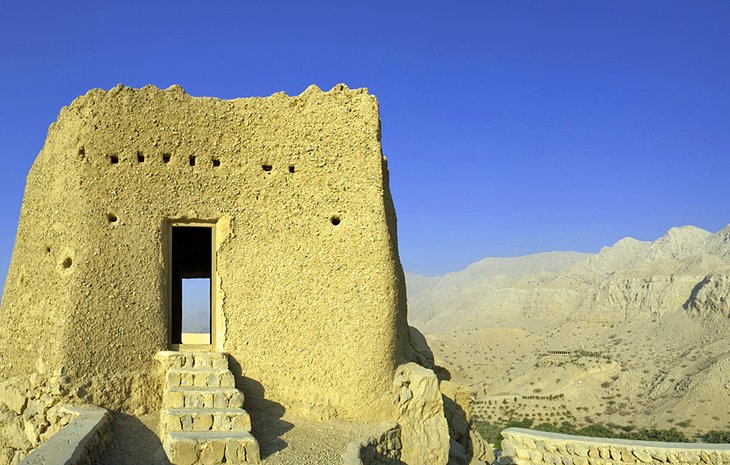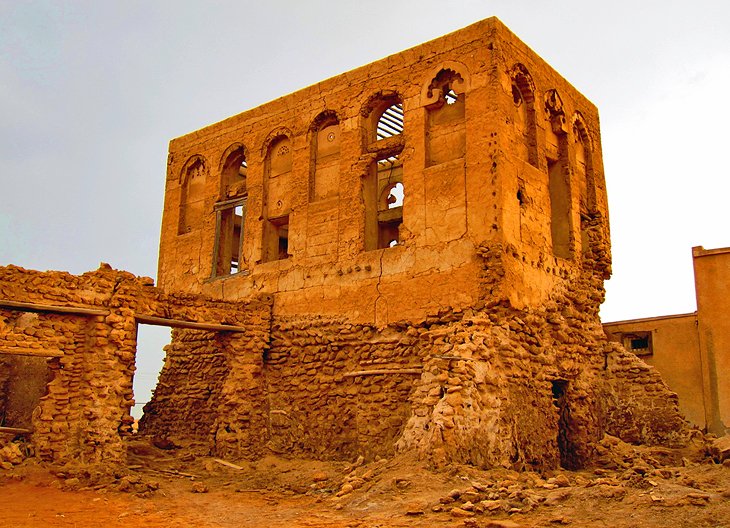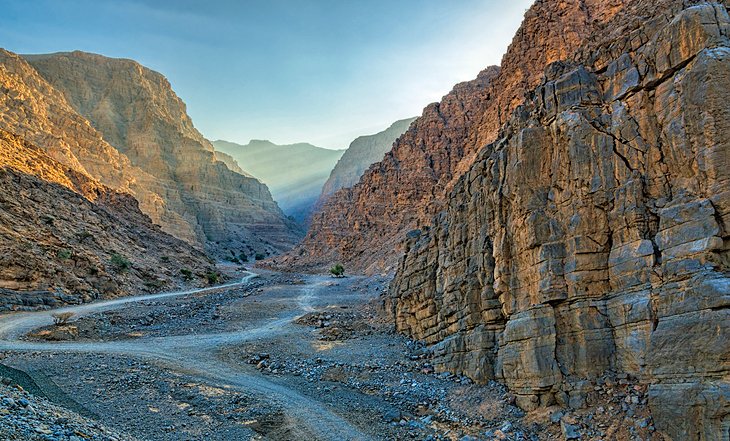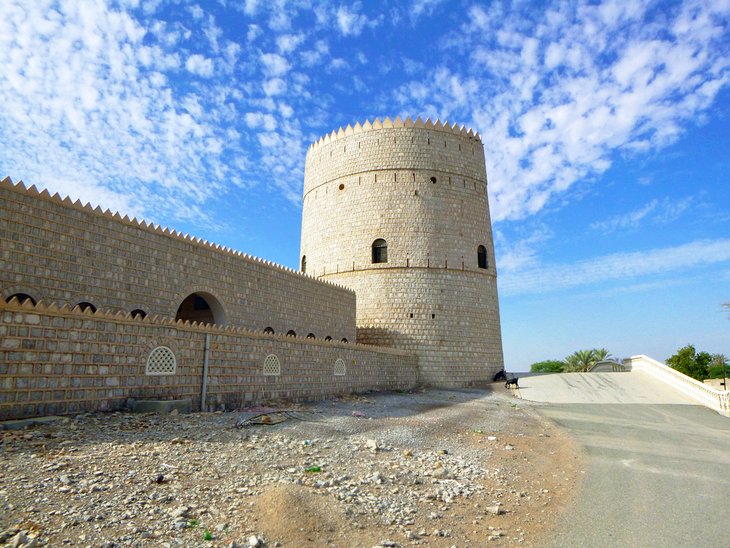The Ras Al-Khaimah National Museum is in a fort that was the residence of the ruling family up until the early 1960s. The museum houses an excellent collection of archaeological and ethnological artifacts.
The Qawasim Room on the first floor is particularly interesting, with a collection of documents, manuscripts, and treaties between the rulers of Ras Al-Khaimah and Great Britain. There are also exhibits of traditional weapons belonging to the ruling family, as well as archaeological displays about the earliest settlers in the area up to the late Islamic period. The museum's ethnographic section introduces traditional life in the emirate, including architecture, pearl diving, date growing, farming, and fishing.
To learn more about the region, the Private Full-Day Tour of Ras Al-Khaimah delves into its cultural and historical sights, as well as showcasing its scenic coastal scenery, with plenty of photo stops along the most scenic parts of the Corniche and at the marina along the way. Major included sights are the museum, Dhayah Fort, and Jazirat al-Hamra. All transport including pickup and drop-off from Ras Al-Khaimah hotels is included. |
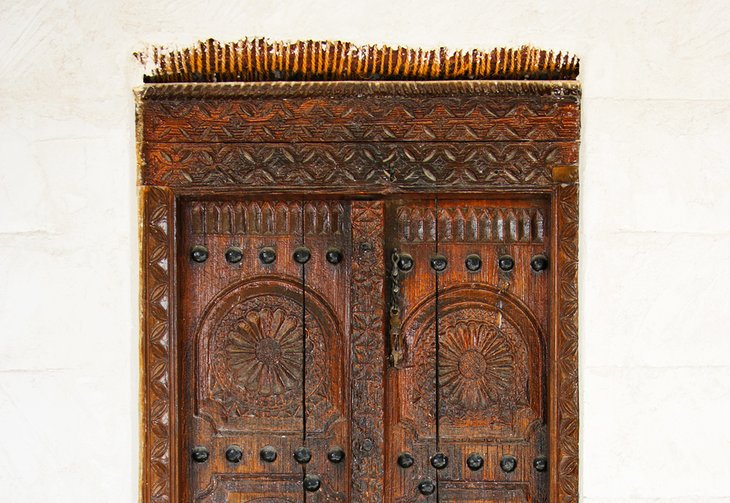 |
